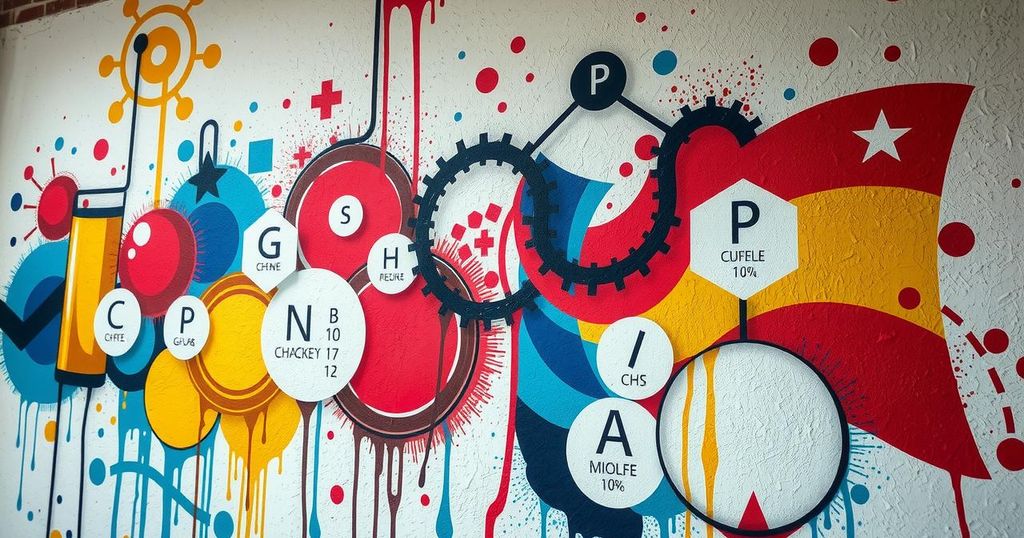The fall of the Berlin Wall in 1989 marked a critical turning point in history, leading to the reunification of Germany. Notably, many wall segments were preserved, showcasing various graffiti and murals that reflect cultural sentiments of the time. Recent research conducted by Italian scientists employed advanced spectroscopic analysis alongside machine learning techniques to investigate paint chips from fragments of the wall. This study, detailed in the Journal of the American Chemical Society, aims to unravel the complex chemistry of the paint materials utilized by artists, contributing to the field of art conservation and cultural heritage preservation.
In recent years, there has been a growing concern regarding the preservation of street art, which faces threats from both environmental degradation and vandalism. A significant development in this realm was made in 2021 when Italian chemists discovered the use of hydrogels to effectively remove unwanted graffiti from murals, particularly in cases where over-painting chemically resembles the original artwork. This challenge underscores the impermanent nature of street art compared to classic masterpieces, which were crafted with materials designed to endure through centuries.
One of the obstacles in conserving street art, such as that on the Berlin Wall, is the lack of documentation regarding the specific materials, application techniques, and processes utilized by the artists. This absence of information complicates the efforts of conservators who strive to restore and preserve these pieces. Furthermore, modern paints are often far more intricate than traditional ones, and manufacturers seldom disclose detailed compositions.
As highlighted by Francesco Armetta from the University of Palermo, contemporary paints consist of a variety of components. The combination of pigments and dyes provides color, while solvents facilitate application through different mediums like spray or brush. The binders in the mixture ensure adherence to surfaces, with additional substances such as emulsifiers, antioxidants, and plasticizers introduced to enhance the material properties, thereby complicating the restoration process.
This research emphasizes the importance of understanding the chemical makeup of street art to effectively conserve it for future generations. The employment of advanced analytical techniques, such as spectroscopy and machine learning, can bridge the gap in knowledge regarding the materials used by artists. As urban artworks face increasing threats from both the environment and vandalism, this study paves the way for more sustainable preservation practices in the field of cultural heritage.




